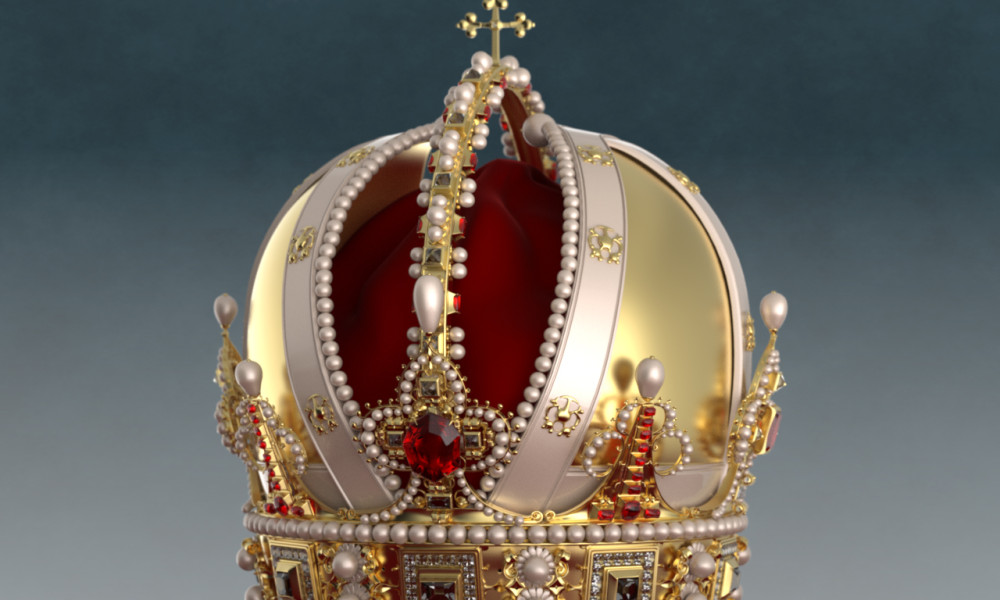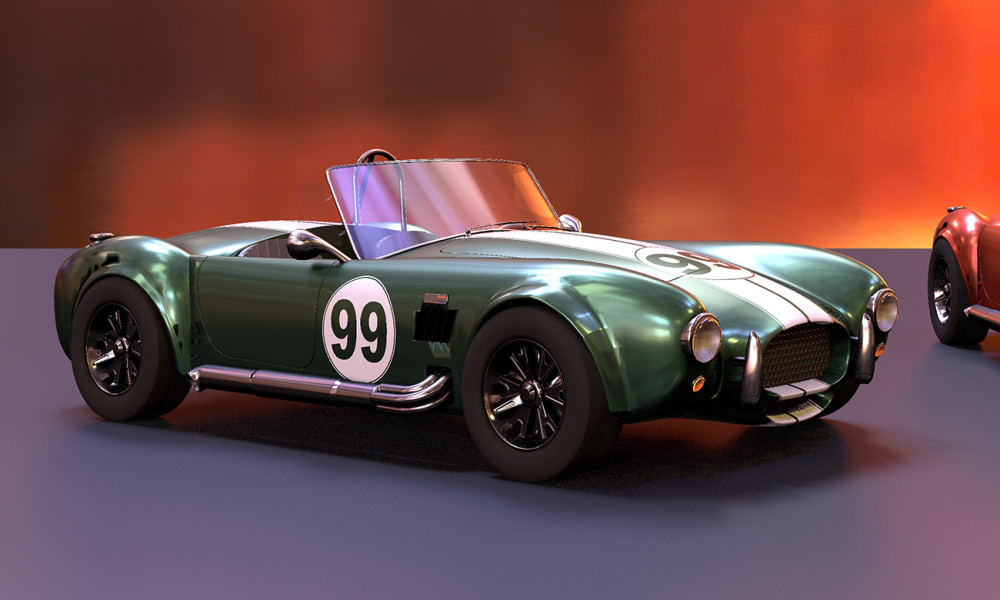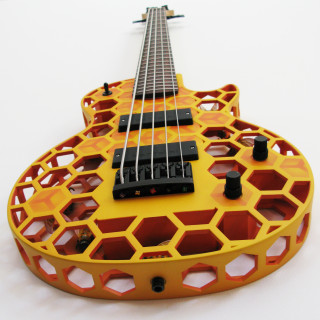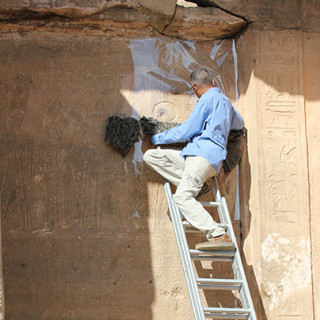Faster photo-realism with the help of maths
The images we see on our computer screens will soon be as realistic as those we experience in real life. Three-dimensional computer graphics convert models into photo-realistic images. In computer games, this conversion has to happen as quickly as possible – preferably in real time.
Tomas Akenine-Möller and the graphics group at Lund University conduct research on algorithms and technology with the aim of creating the most realistic images possible using three-dimensional descriptions of models. The crown seen here is an example of a photo-realistic computer image.
“We are trying to achieve photo-realism in computer graphics. This means we want the image we produce using computer algorithms to look as much as possible like a photograph of the object depicted”, says Tomas Akenine-Möller.
In recent years, a lot of the photo-realistic algorithms and technologies have been adapted to real-time graphics in games and films. Games require 50 to 100 images per second and if they are all to be created using photo-realism, a lot of calculations are required. However, it can take a huge amount of time to calculate an image of the very highest quality – anything from minutes to hours, according to Tomas Akenine-Möller.
“We are therefore very interested in developing new algorithms that do this faster, in order eventually to achieve our goal of all image generation happening in real time; i.e. 10–30 milliseconds per image.”
The aim is to get the computer to avoid unnecessary work, which also has the secondary aim of using as little energy as possible in order to preserve battery life, for example on a mobile phone or tablet computer.
It has long been necessary to compromise quality to achieve real-time performance, but over the past 10 years image quality has improved considerably in many games and it is getting better every year, according to Professor Akenine-Möller. The improvements are due not only to improvements in the speed and efficiency of the software algorithms, but also to improvements in the speed and power of the graphics processors.
“We have put a lot of research into improving the technology in the silicon in the graphics processors, because real-time graphics are about using graphics processors to calculate images of the best quality possible.”
Text: Pia Romare
Filmtext: The model on the image has 32 000 unique strands of hair. In the film, efficient algorithms have been used to control the drawing of thin objects such as hair. Transforming a model into an image is known as rendering. In order to make this photo-realistic, the transport of light is simulated. It is extremely difficult to produce images of very thin objects like strands of hair in a short space of time, because the hairs are so thin it is unlikely that a ray of light would hit them. From LUGG, 2012
http://fileadmin.cs.lth.se/graphics/research/papers/2012/hairy/hairy.mp4
Facts
-
Describing a model
-
A 3D model is created from different points that define its geometric shape, known as a polygon. A polygon is an area formed by at least three points. The geometry that describes the crown on the picture exists in three spatial dimensions, and in this case the geometry only comprises triangles. Triangles can be described as the ‘atoms’ of computer graphics, because they are the smallest type of geometric figure that can be used to build three-dimensional models.
Light and shade phenomena are of particular importance in creating a realistic impression. The material of the illuminated surface is also very important, because different materials react differently to light. All this is managed mathematically for each triangle, which is what creates the impression of an image being pearlescent or golden, for example.
-
About Tomas Akenine-Möller
-
Tomas Akenine-Möller is a Professor of Computer Science specialising in computer graphics and image processing at Lund University. He is head of the computer graphics research group LUGG (Lund University Graphics Group). Together with LU Innovation, Professor Akenine-Möller and three of his doctoral students started a company, Swiftfoot Graphics, which was bought by Intel in December 2008. In conjunction with this, Intel started a research office in Lund, where the four founders of Swiftfoot Graphics also work.







